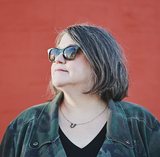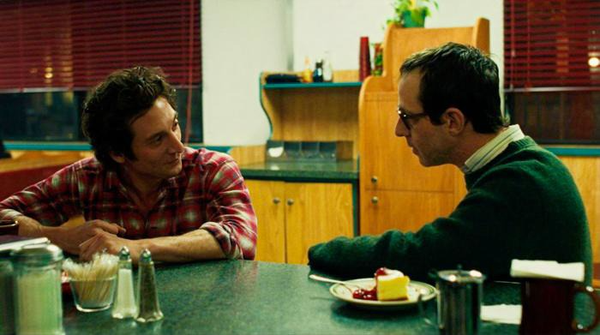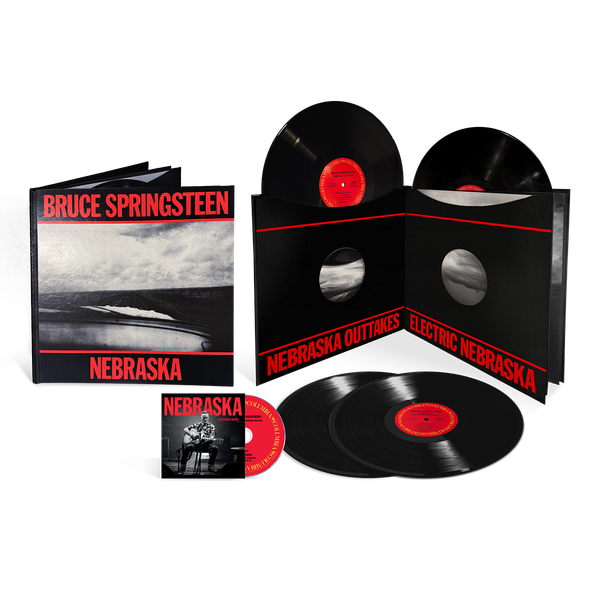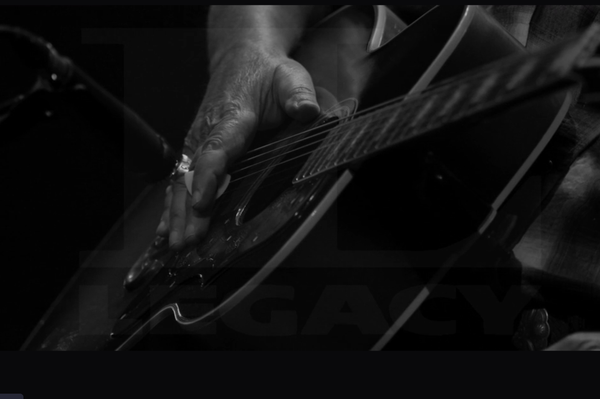When Bruce Springsteen Came to Britain
"We knew we were going to the land of our GODS and SAVIORS!
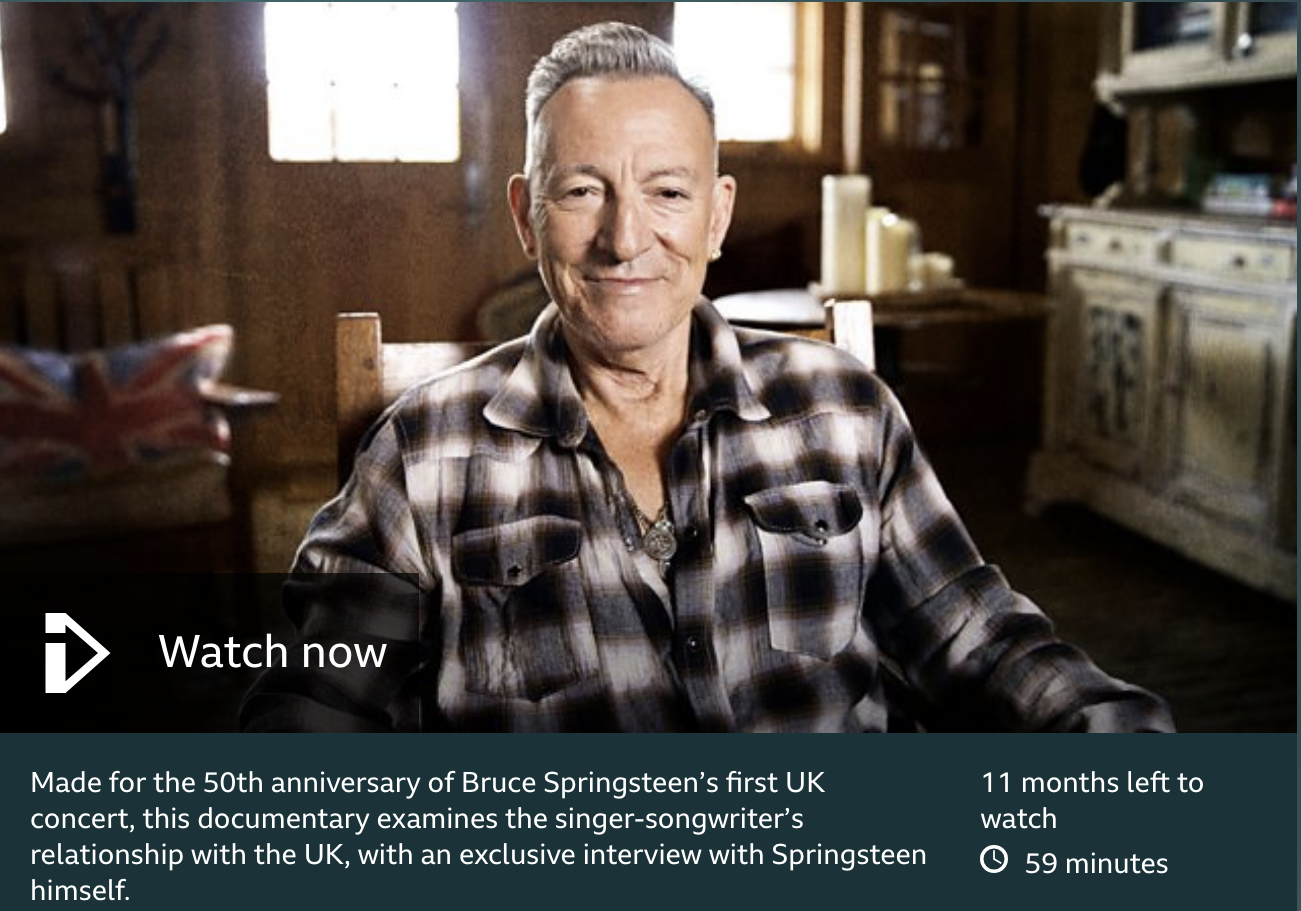
The BBC recently produced the kind of wonderful timely documentary that they’re very good at called When Bruce Springsteen Came to Britain. It is, unfortunately, unavailable unless you reside in the United Kingdom, so I thought it would be worth recapping here so you can decide how actively you wish to pursue tracking it down.
Enterprising folks have made this available through the various locations one seeks out recordings of illicit origin, or if one has access to a VPN that can spoof your location. (I’m really not trying to be cagey, but I’m also not about to open myself up to a lawsuit from the BBC by being more prescriptive than that.)
I found it to be well worth the watch, but there’s nothing in here that you need to embark on a five-alarm scramble in order to watch. The live footage is all previously known. There is an exclusive, recent interview with Bruce, as well as interviews from journalists and fans. The cast of characters includes Mr. S., Mr. Landau, UK promoter Harvey Goldsmith, Steve Van Zandt, Mike Appel, Gurinder Chadha, Michael Palin, Sting, Peter Gabriel, Tony Parsons, David Hepworth. Blinded by the Light author Sarfraz Manzoor is in there, along with UK fans Dan French and Philip Jump. (This is not a complete list.)
The film opens with that legendary, rain-soaked 2024 gig in Sunderland, and you hear Bruce’s voice explaining, “We just came out of playing Sunderland. Hellacious weather. Driving rainstorm. Wind blowing. But standing in front of me, in the rain, I realized these are my people. Those are my people here in the UK. And it was a pleasure playing all night in the rain to that crowd.”
From there, the footage zooms all the way back to the beginning, where Harvey Goldsmith was in New York in 1973 and journalist Chris Charlesworth tells him, "If you've got time, go down to the Village, the Bottom Line. Forget about the headliner. Just go and see the opening act.” Goldsmith continues to explain, “There were about 20 people in the audience and I stood there for 35 minutes just completely blown away. I went backstage and I said, ‘I'm a promoter from England, You've got to come to England.’ He just looked at me and he said, ‘This is the first time we've played New York.’
(If this is where you say, “But I don’t think Bruce played at the Bottom Line in 1973,” you would be correct. They probably mean Max’s Kansas City, where he actually was an opening act [but which is not in the Village, but it’s a couple of blocks north of 14th Street, we’ll let that pass as the least problematic thing here.] I just don’t know how that got through fact checking except that there would have been no good way to remedy it except to re-do the interview.)
But then, as Mike Appel (in recent footage) explains, the tour was winding down and he thought, "It'd be nice to put in a few more dates somewhere. Where could we go?” And he picked up the phone and called Harvey Goldsmith.
“Everybody thought, ‘Hey, England -- that would be a fun thing to do,” says Mr. Appel.
“I was only 26 years old. The only places I'd been was to California in the back of a truck. We were not particularly well-traveled, you know, certainly not outside the United States. We'd never been anywhere. I mean, we knew they were auspicious gigs. There was a lot expected. But we knew we were going to the land of our GODS and SAVIORS!” (Emphasis Bruce.)
The film does a great job in putting the record in context, of explaining just how dismal the UK music scene was at the time. And something that I particularly like about this documentary is that they film some of the interviews inside of the venues, so if you’ve never been to the Hammersmith Odeon (now Eventim Apollo), you can get a real sense of what the venue is like, empty and with no house lights on. That’s when we learn that not only was Michael Palin (of Monty Python) in attendance, he wrote a lengthy diary entry about that night.
And he proceeds to read from it: “This is the first show outside the US for a 26-year-old New Jersey boy who's been likened as the new Dylan, Lennon, Van Morrison and so on. So was this the new Messiah? Was this one of those concerts in which fathers tell their sons about in years to come?”
Also, we learn that Peter Gabriel was in attendance at Hammersmith. He has a quote later on that I adore: "He's a soul-bearing performer."
An amazing thing happens next, which is Bruce talking about what it was like to arrive in London and see all of the IS LONDON READY FOR BRUCE SPRINGSTEEN nonsense, and to hear his still visceral anger and embarrassment over all of it. “I felt it was an insult to my audience,” he relates, and while this is a story we all already know, it’s just fantastic to hear him talking about it now. He was so nervous he could not tell that they had killed it, and was sure he had failed.
“I went to a party that was supposed to celebrate my triumph, but I felt I'd been terrible. And so I was embarrassed to even go into the party. I ran back to the hotel, sat in my lonely room under a big black cloud, ate whatever I had, and, like, miserably went to bed. That was my night after the Hammersmith show. I had PTSD from it. I was suffering post-traumatic stress disorder from the first Hammersmith show. I didn't look at the tape for 30 years!”
He continues, “I ain't going back to Britain until I got a friggin' war chest of songs and arrangements. I'm not going back until I am fully confident that I can, you know, blow the roof off wherever I'm going to play.”
And of course, as we know, he didn’t back there for another six years. That is an absolute lifetime, especially in the days before the internet. If you didn’t put an album out after a year, the media was writing stories about how you were a has-been.
“To me, there was always a little more pressure when you came to London and Britain, just because of the influence that that music had had on my life and my work. The British culture of music, I mean, it changed my life.” This new interview footage is fantastic because he’s so clearly reliving those thoughts and memories. He’s not exaggerating and he’s also not downplaying it.
The other segment of this documentary that’s the most moving is about Bruce’s donation to a support group for striking miners in the north of England. You can watch a small section of that part of the documentary on this article from the Sunderland Echo.
The film continues chronologically until 2024 and the shows at Wembley (where Jon Landau goes on about how they were playing on ‘sacred ground’). The fan interviews are heart-warming and concise (even the one child-on-stage segment won’t make your head explode).
Also: “As much as I love the music, I want to know what supplements he's taking. What is he doing, Pilates?”
“Bruce Springsteen is bigger in the UK and the rest of Europe than he is in the United States now,” is a statement that’s made towards the end of the film. It’s not something I’d argue with, and would add that it’s probably been true since the 2010’s. I wrote a small book about why that’s the case, and nothing has happened in the ensuing years to make that fact any less true. You could also make a similar documentary about Bruce and his relationship with the fans in every single country in Europe, and they’d all be right. Rock and roll is still a dying art form over here, while overseas it continues to bring in new generations.
Mostly I’m simultaneously sad and annoyed that I didn’t get to see a 2025 show. My reasons for not going abroad in 2024 (and by extension, 2025) were based on the show and the ticket prices, and all of those were (and are) still valid. But the next time European tour dates are announced, I’ll make myself re-watch this documentary before I decide that I’m not going.
Finally, on a very shallow note, I am overjoyed that Bruce has decided to finally just be gray in public. He still looks fucking fantastic.

